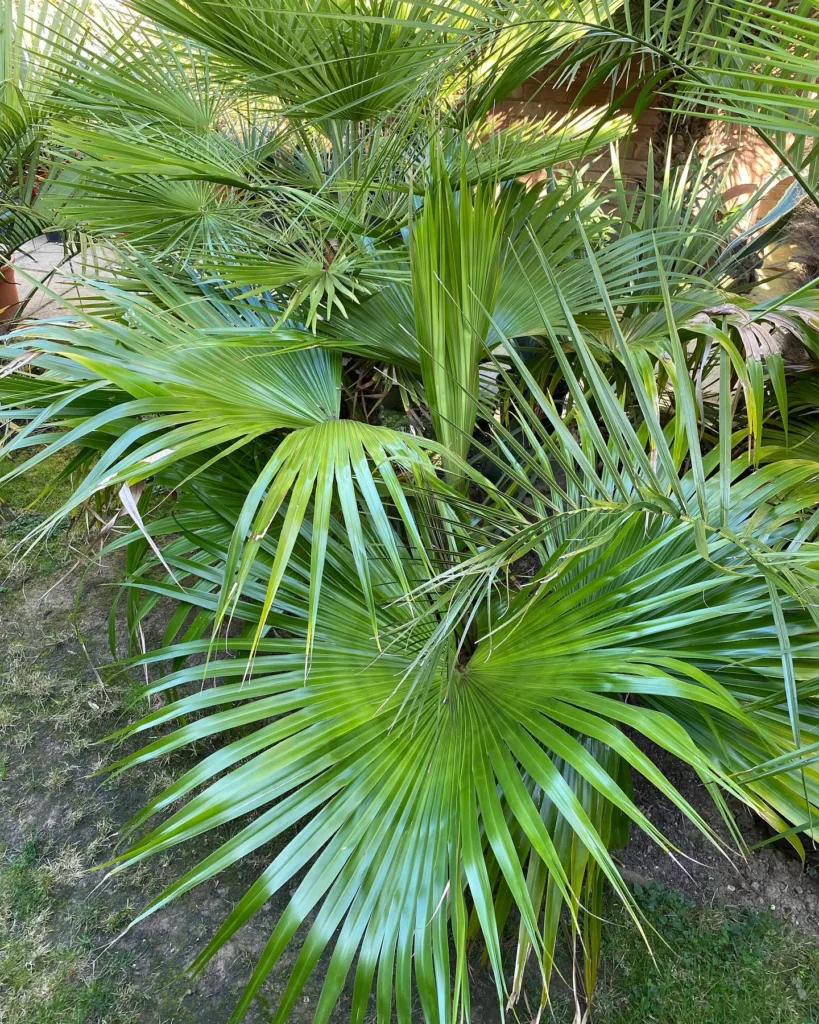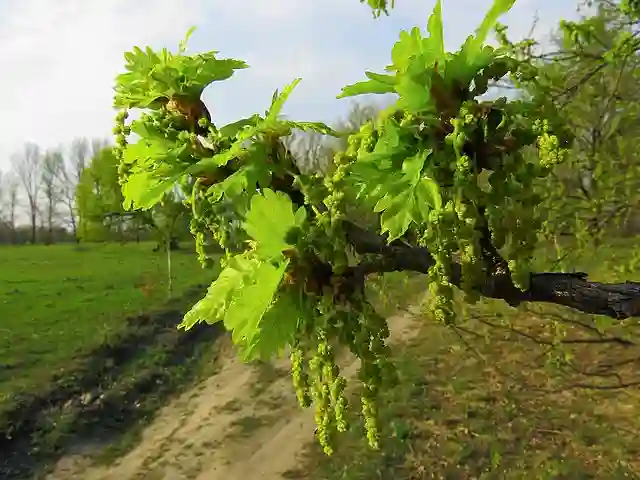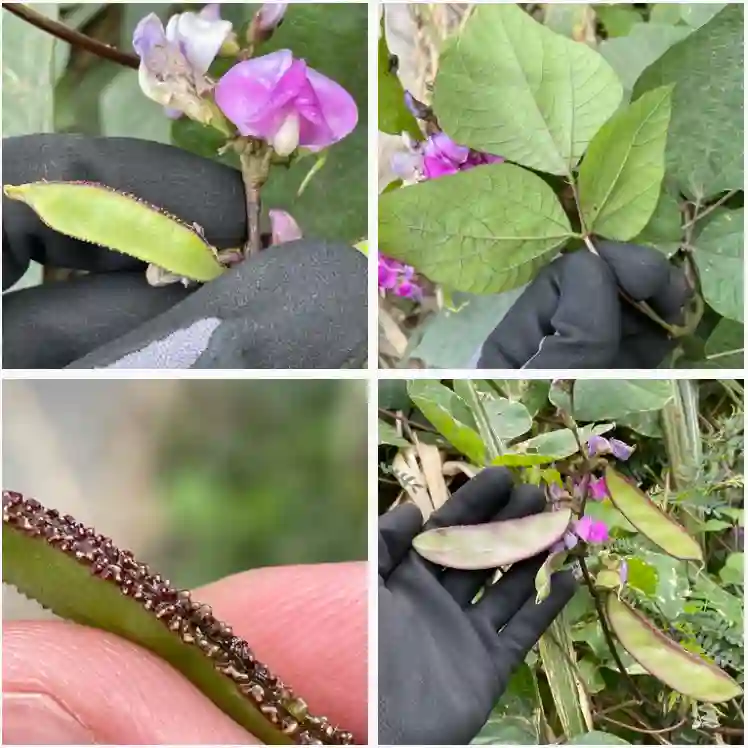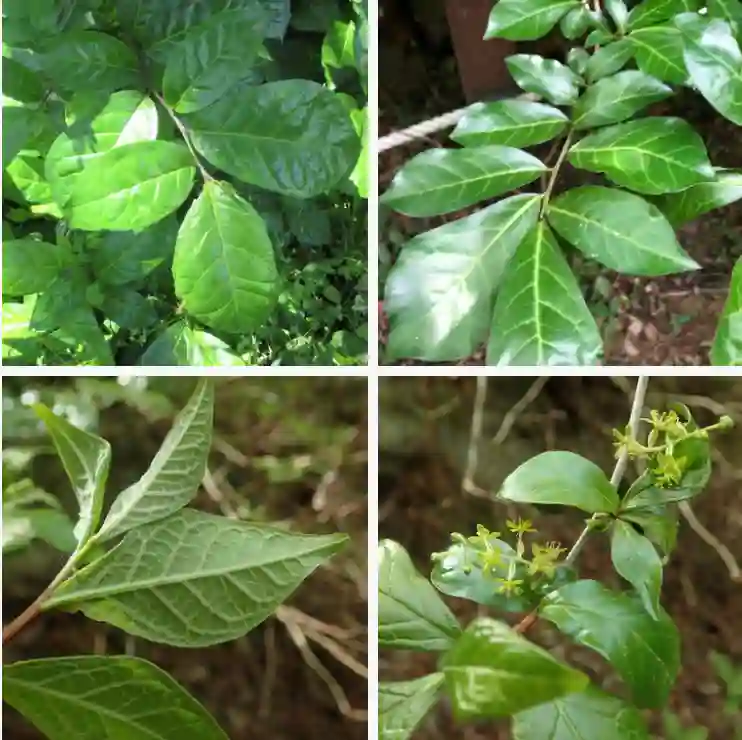My Fascination with Polypodium Ferns
As a botanist, my world is filled with the wonders of plant life, each species a unique testament to the diversity and resilience of nature. Among my many interests, the genus Polypodium holds a special place in my heart. These ferns belong to the Polypodiaceae family, often known as polypodies or rockcap ferns, are a testament to the beauty of simplicity and the power of adaptation.
I first encountered Polypodium during a field trip to a lush, temperate rainforest. The sight of these ferns clinging to moss-covered rocks and fallen logs, their fronds unfurling like emerald wings, was mesmerizing. Their delicate yet hardy nature, thriving in the cool, damp shade, sparked a curiosity that has only grown over time.
The name Polypodium originates from the Greek words “poly” (many) and “podion” (little foot), a fitting description for their rhizomes. These creeping, root-like structures bear numerous small, foot-like projections, allowing the fern to anchor itself to various surfaces. This adaptability is a key reason why polypodies are found in diverse habitats across the globe, from tropical rainforests to temperate woodlands and even arid regions.
A Diverse Genus
The genus Polypodium boasts a rich diversity, with an estimated 65 species:
- Polypodium vulgare (Common Polypody): This widespread species is a familiar sight in woodlands across Europe and North America. Its leathery, evergreen fronds are deeply lobed, giving it a distinctive appearance.
- Polypodium appalachianum (Appalachian Polypody): Native to eastern North America, this species is often found growing on rocks and cliffs. It is closely related to Polypodium virginianum and can be distinguished by its slightly narrower fronds.
- Polypodium virginianum (Rock Polypody): Another North American native, this fern thrives in rocky habitats. It is known for its ability to withstand harsh conditions, including drought and freezing temperatures. – Plant FAQs: Polypodium Virginianum – Rock Polypody Fern
- Polypodium glycyrrhiza (Licorice Fern): This unique species, found in western North America, has rhizomes with a distinct licorice flavor. Traditionally, it has been used by indigenous peoples for medicinal purposes. Plant FAQs: Polypodium Glycyrrhiza – Licorice Fern
- Polypodium cambricum (Southern Polypody): Native to Europe and parts of Asia, this fern is characterized by its triangular fronds and its preference for limestone rocks and walls.
- Polypodium abitaguae Hook.
- Polypodium aequale Maxon
- Polypodium alavae A.R.Sm.
- Polypodium amorphum Suksd.
- Polypodium arcanum Maxon
- Polypodium × aztecum Windham & Yatsk.
- Polypodium californicum Kaulf. Plant FAQs: Polypodium Californicum
- Polypodium calirhiza S.A.Whitmore & A.R.Sm.
- Polypodium castaneum Maxon ex Tejero
- Polypodium chiapense A.M.Evans & A.R.Sm.
- Polypodium chionolepis Sodiro
- Polypodium chirripoense Lellinger
- Polypodium christensenii Maxon
- Polypodium colpodes Kunze
- Polypodium conterminans Liebm.
- Polypodium diplotrichum Mickel & Beitel
- Polypodium eatonii Baker
- Polypodium echinolepis Fée
- Polypodium × encumeadense (Neuroth, W.Jäger & Bennert) Rumsey, Carine & Robba
- Polypodium ensiforme Thunb.
- Polypodium eperopeutes Mickel & Beitel
- Polypodium exsul Mett.
- Polypodium fauriei Christ
- Polypodium fissidens Maxon
- Polypodium flagellare Christ
- Polypodium × font-queri Rothm.
- Polypodium fraternum Schltdl. & Cham.
- Polypodium hesperium Maxon
- Polypodium hispidulum Bartlett
- Polypodium × huancayanum G.Kunkel
- Polypodium × incognitum Cusick
- Polypodium interjectum Shivas
- Polypodium kamelinii Shmakov
- Polypodium kunzeanum C.Chr.
- Polypodium longipetiolatum Brade
- Polypodium macaronesicum A.E.Bobrov
- Polypodium × mantoniae Rothm.
- Polypodium martensii Mett.
- Polypodium moricandii Mett.
- Polypodium moritzianum Link
- Polypodium otites L.
- Polypodium oxylepis C.Chr.
- Polypodium pellucidum Kaulf.
- Polypodium pinnatissimum R.C.Moran
- Polypodium plectolepidioides Rosenst.
- Polypodium plesiosorum Kunze
- Polypodium pleurosorum Kunze ex Mett.
- Polypodium praetermissum Mickel & Tejero
- Polypodium puberulum Schltdl. & Cham.
- Polypodium quitense Baker
- Polypodium rhodopleuron Kunze
- Polypodium ryanii Kaulf.
- Polypodium saximontanum Windham
- Polypodium scouleri Hook. & Grev. Plant FAQs: Polypodium Scouleri
- Polypodium × shivasiae Rothm.
- Polypodium sibiricum Sipliv.
- Polypodium subpetiolatum Hook.
- Polypodium trinitense Jenman
- Polypodium ursipes Moritz
- Polypodium × vianei Shmakov
The Allure of Polypodium
What captivates me most about Polypodium is its understated elegance. These ferns don’t boast showy flowers or vibrant colors. Their beauty lies in their simple, graceful forms and their ability to thrive in often overlooked niches. They are a reminder that nature’s wonders can be found in the most unexpected places.
Moreover, Polypodium species play a crucial role in their ecosystems. Their dense growth provides shelter for small animals and insects, while their decaying fronds contribute to the nutrient cycle of the forest floor. They are also an important food source for some herbivores.
As I continue my journey as a botanist, I am eager to delve deeper into the world of Polypodium. There is still much to learn about these fascinating ferns, from their evolutionary history to their potential uses in medicine and horticulture. I am particularly interested in studying their adaptive mechanisms, which allow them to thrive in such a wide range of environments.
In a world that often prioritizes the flashy and the dramatic, Polypodium serves as a gentle reminder of the beauty of subtlety and resilience. These ferns, with their unassuming nature and remarkable adaptability, are a true testament to the enduring power of nature.
If i die, water my plants!



